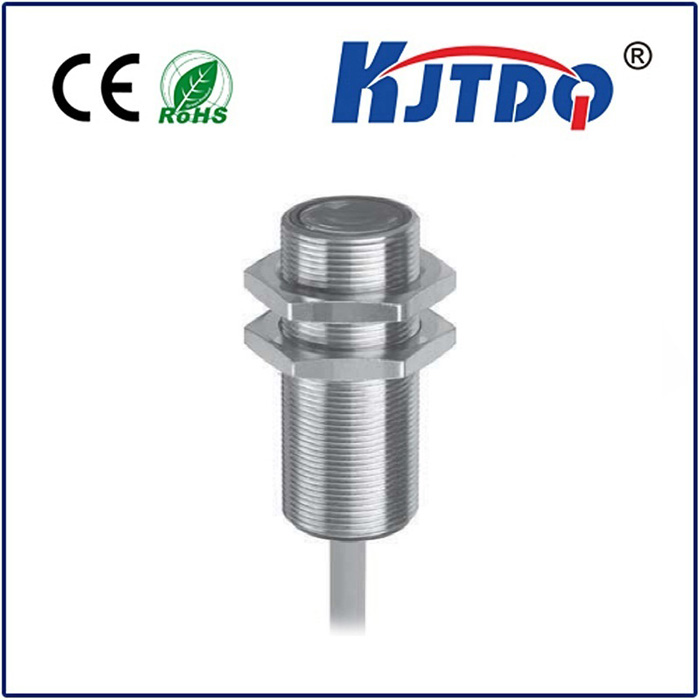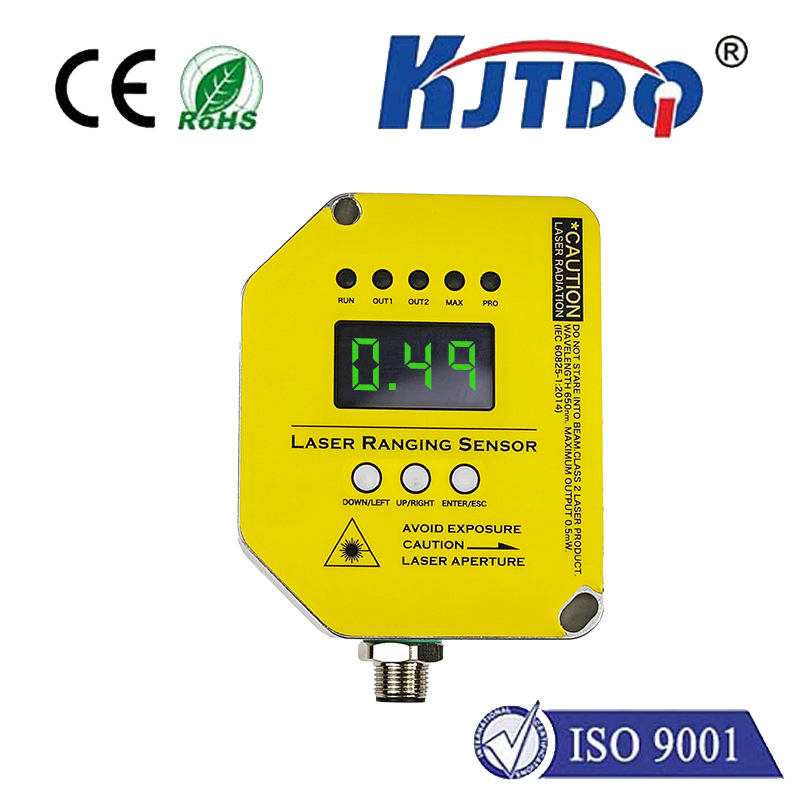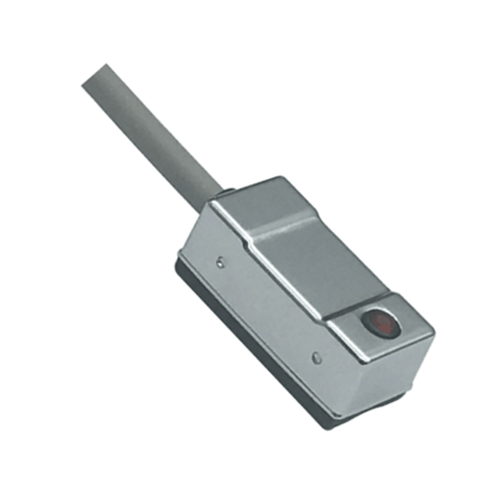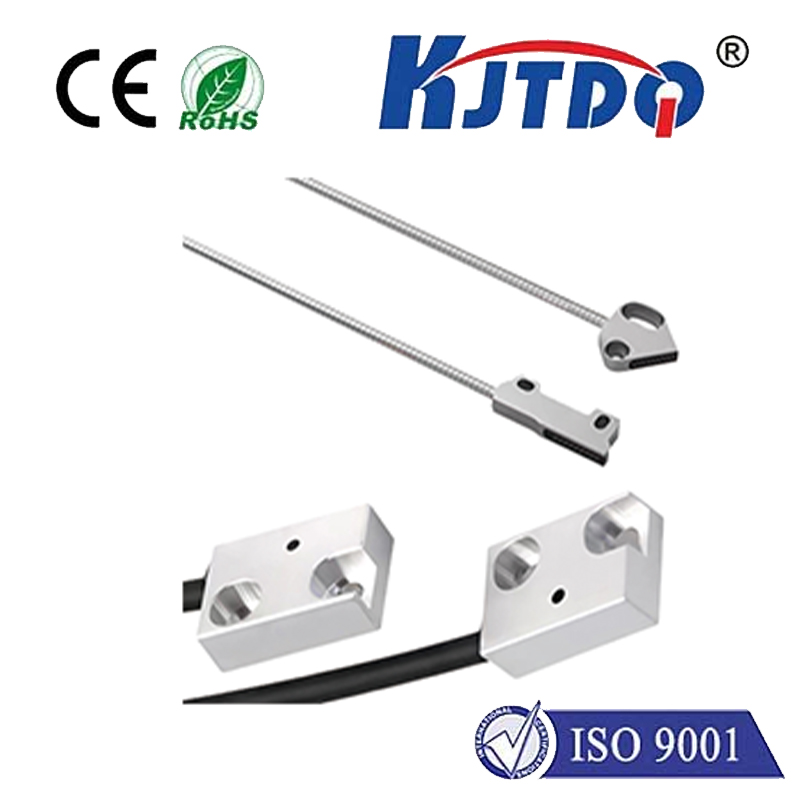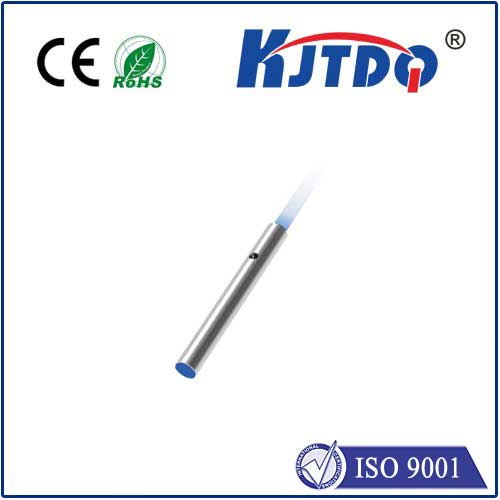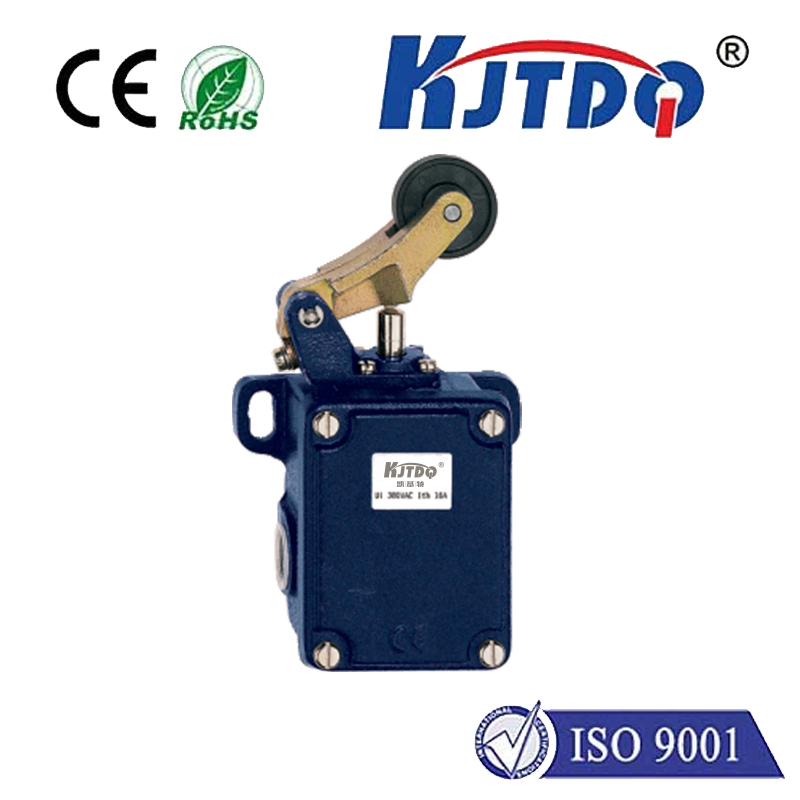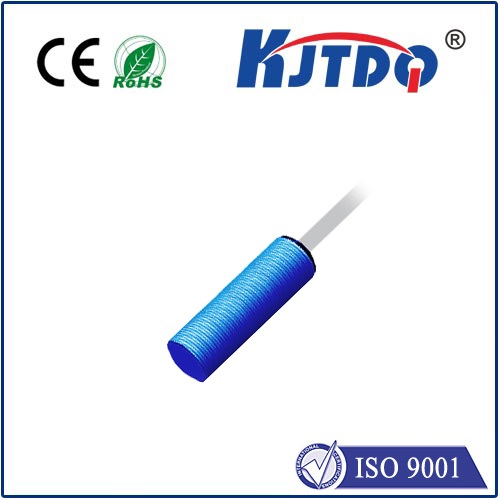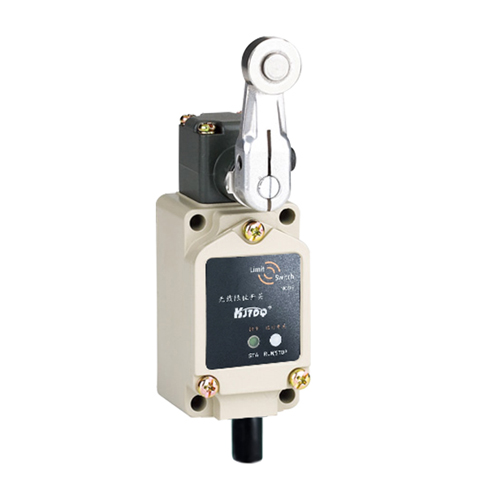

check

check

check

check
That sudden halt in production. The flashing alarm no one can immediately diagnose. More often than you might think, the culprit is a surprisingly small component: a failed proximity sensor. In the intricate dance of modern automation, these silent sentinels play a critical role, detecting presence, absence, position, or count without physical contact. When one fails unexpectedly, the entire rhythm can be thrown off, leading to costly downtime, missed deadlines, and frustrated teams. This is where the strategic importance of proximity sensor spares transforms from an afterthought into a cornerstone of operational resilience.
Proximity sensors are workhorses, but they are not invincible. Exposed to harsh environments – excessive vibration, temperature extremes, chemical splashes, or electrical surges – their lifespan, while typically long, isn’t infinite. Wear and tear, accidental impacts during maintenance, or simply the unpredictable nature of electronics can lead to failure. Relying solely on “just-in-time” ordering for replacements is a gamble few businesses can afford. The minutes or hours spent sourcing a new sensor, verifying compatibility, and installing it quickly add up to significant financial losses.
Why Keeping Proximity Sensor Spares is Non-Negotiable:
Choosing the Right Proximity Sensor Spare: It’s Not Just About the Part Number
Simply grabbing an identical sensor isn’t always enough. To ensure your proximity sensor spare is truly effective, consider these critical factors:
Exact Matching Specifications: This is paramount. Ensure the spare matches the original’s:
Technology: Inductive (for metals), Capacitive (for non-metals, liquids), Ultrasonic, Photoelectric, etc. Using the wrong type will not work.

Sensing Range: Must be identical to maintain the original setup’s detection distance.
Output Type & Voltage: NPN/PNP, NO/NC (Normally Open/Normally Closed), voltage rating (e.g., 10-30V DC). Mismatched outputs can damage controllers or simply not function.
Connection Type & Wiring: Same connector (M8, M12) or cable outlet, identical wiring color code/pinout.
Form Factor & Mounting: Size, shape, and mounting threads/holes must match for seamless physical installation.
Environmental Ratings (IP Rating): Critical for harsh environments. An IP67 sensor required in a washdown area cannot be replaced by an IP65 rated spare.
Special Features: Does the application require NAMUR compliance (intrinsic safety for hazardous areas), high-speed response, or extreme temperature tolerance? The spare must replicate these.
Supplier Quality & Reliability: Don’t compromise. Source spares from reputable, well-established sensor manufacturers or authorized distributors. Counterfeit or subpar sensors might seem cheaper initially but can fail prematurely, causing more downtime and potentially damaging other equipment. Genuine proximity sensor spares ensure performance and longevity.
Strategic Stocking: Maintain a list of critical sensors – those whose failure would cause the most disruption. Focus spare inventory on these high-impact components, especially unique or long-lead-time models. Include sensors prone to higher wear due to their location or function.
Beyond the Shelf: Managing Your Proximity Sensor Spares Effectively
Having spares is step one. Managing them effectively is key to realizing their full benefit:
Installation Best Practices for Your Spare:
When the time comes to use your spare, proper installation is crucial:
Proactive Maintenance: Reducing Your Spare Needs
While spares are essential, proactively minimizing failures reduces their frequency of use:
Investing wisely in the right proximity sensor spares and managing them effectively is not an expense; it’s a strategic investment in the continuous, reliable operation of your automated systems. It’s the difference between a minor, quickly resolved hiccup and a major, costly operational crisis. In the high-stakes world of modern manufacturing and automation, having the correct spare readily available isn’t just preparedness; it’s fundamental operational insurance. Make stocking critical proximity sensor spares a core pillar of your maintenance strategy.
